Burglary Safes
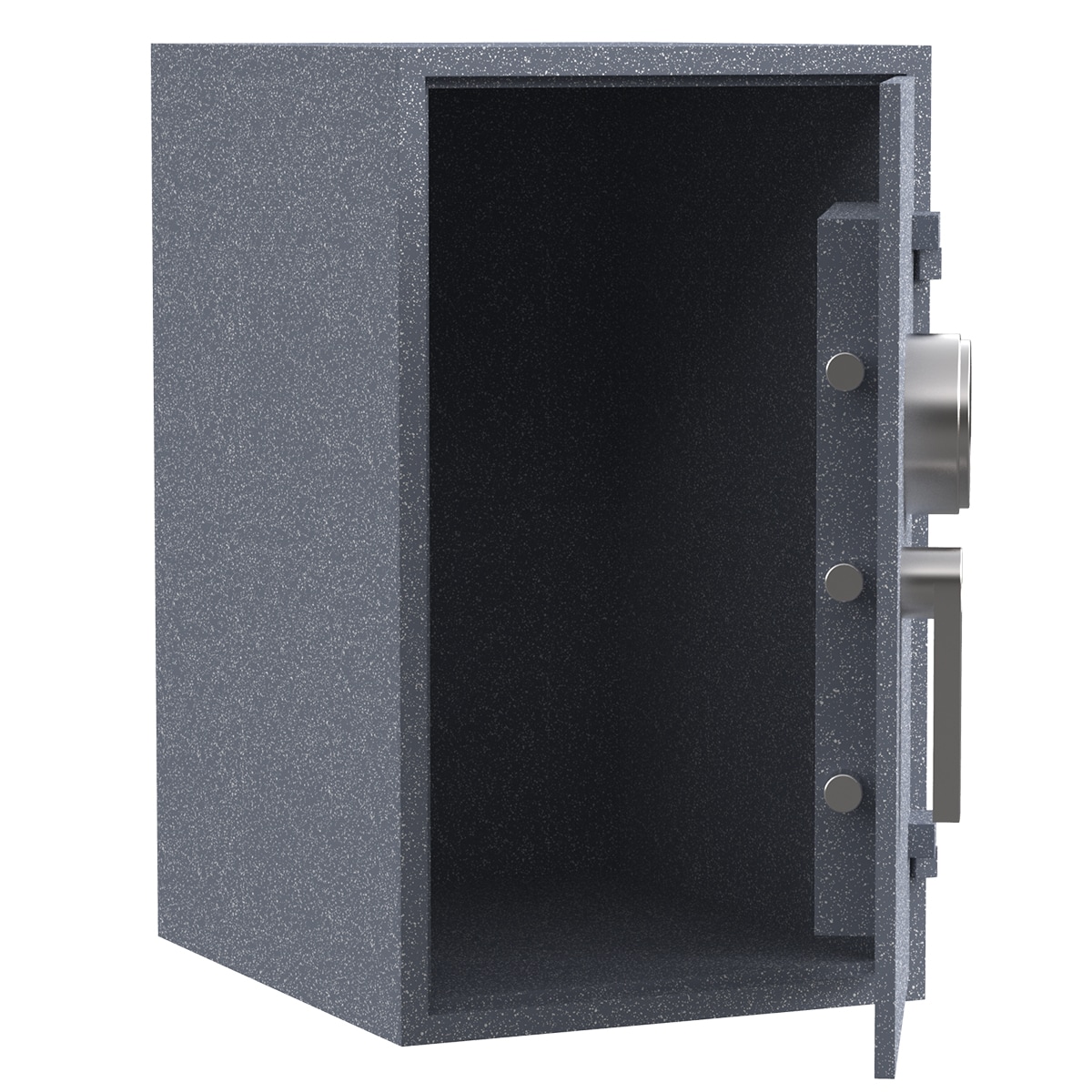
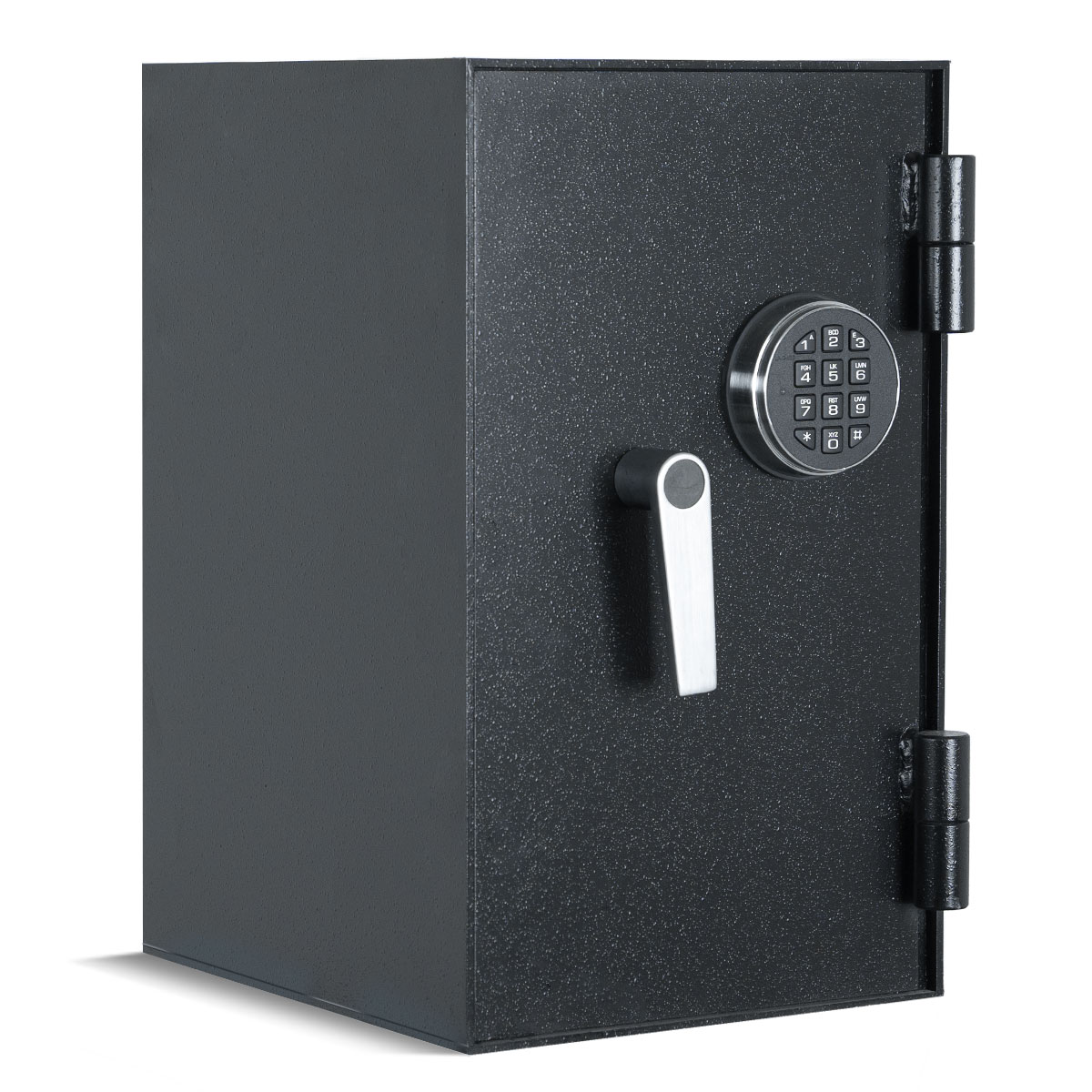
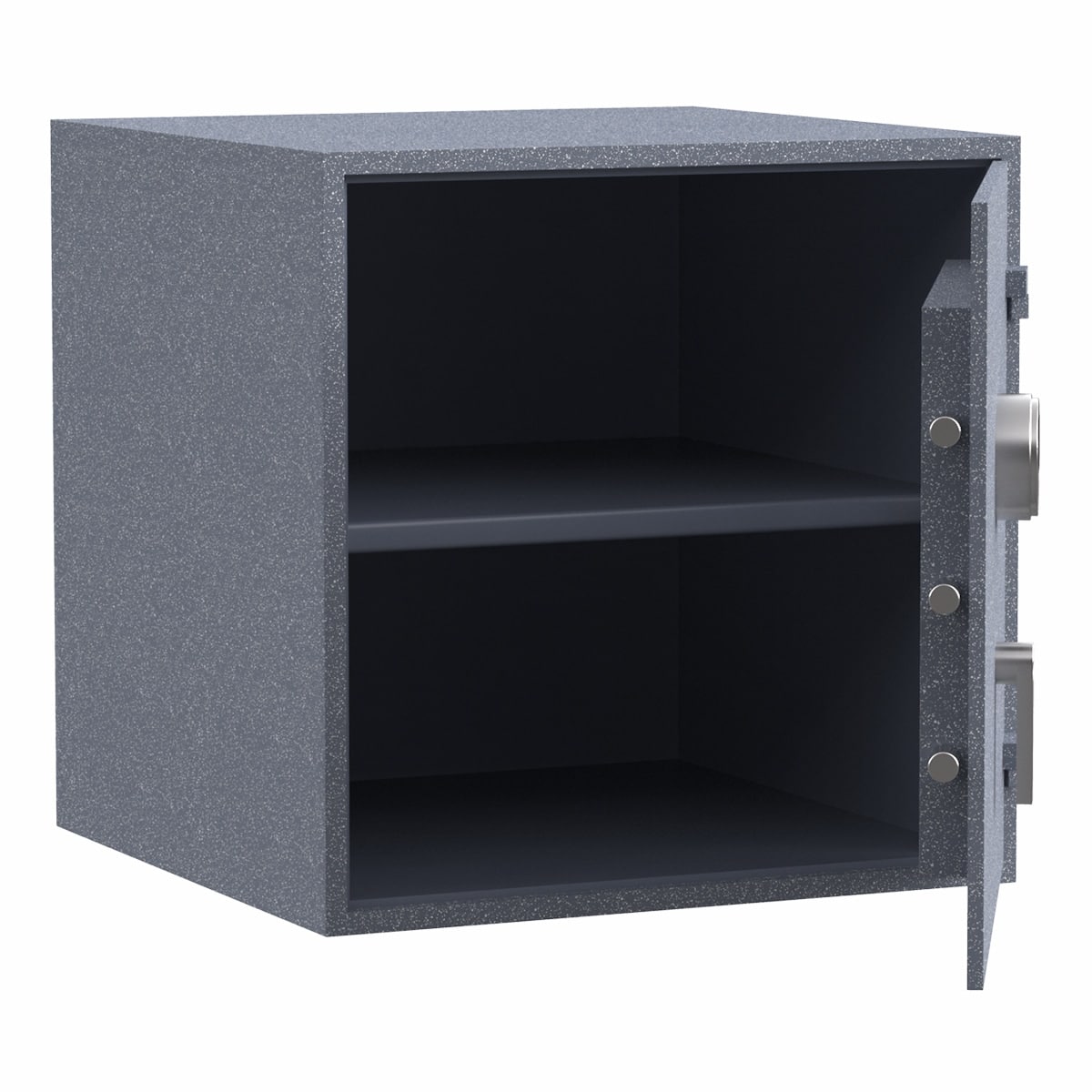
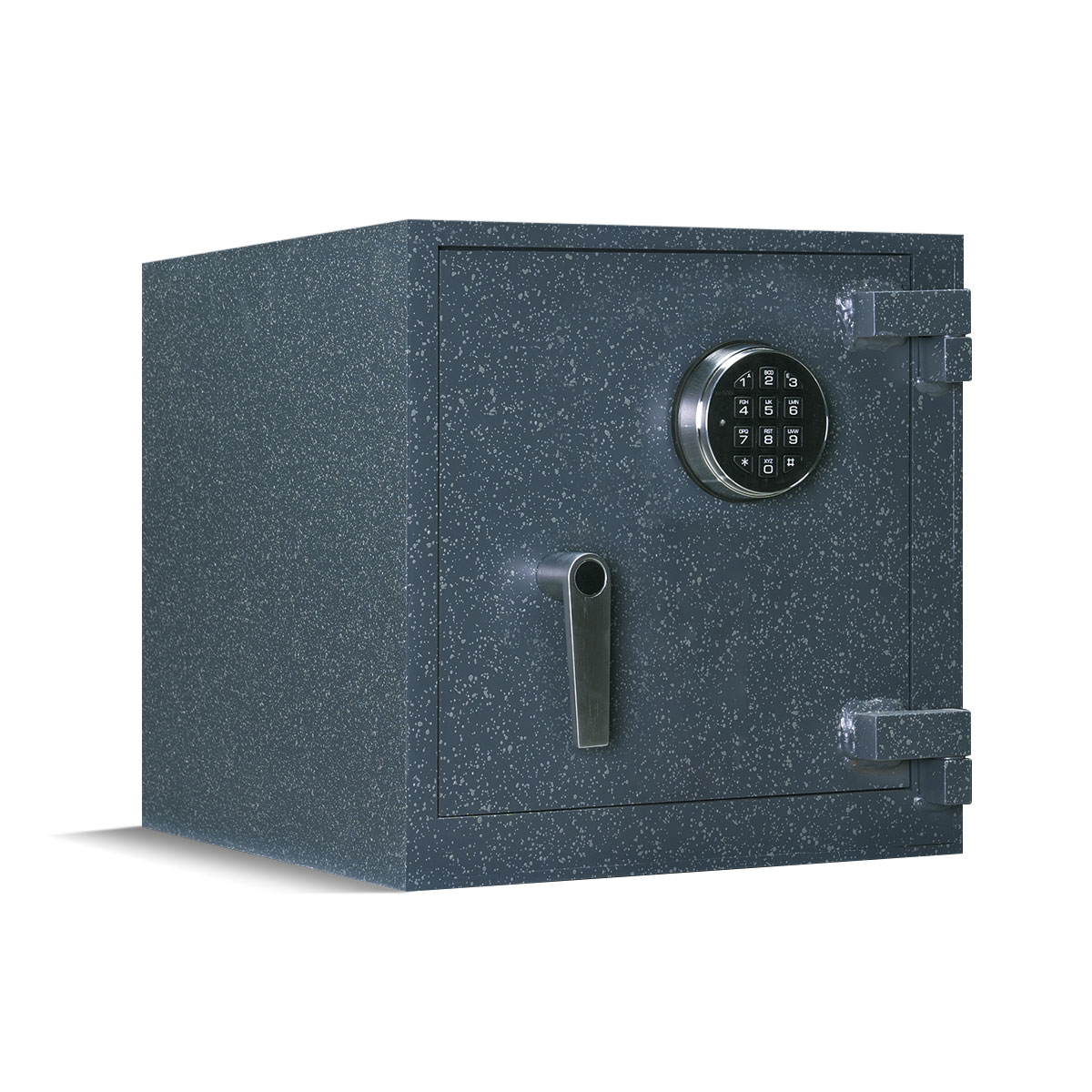
BR-Rated Residential Burglary Safe
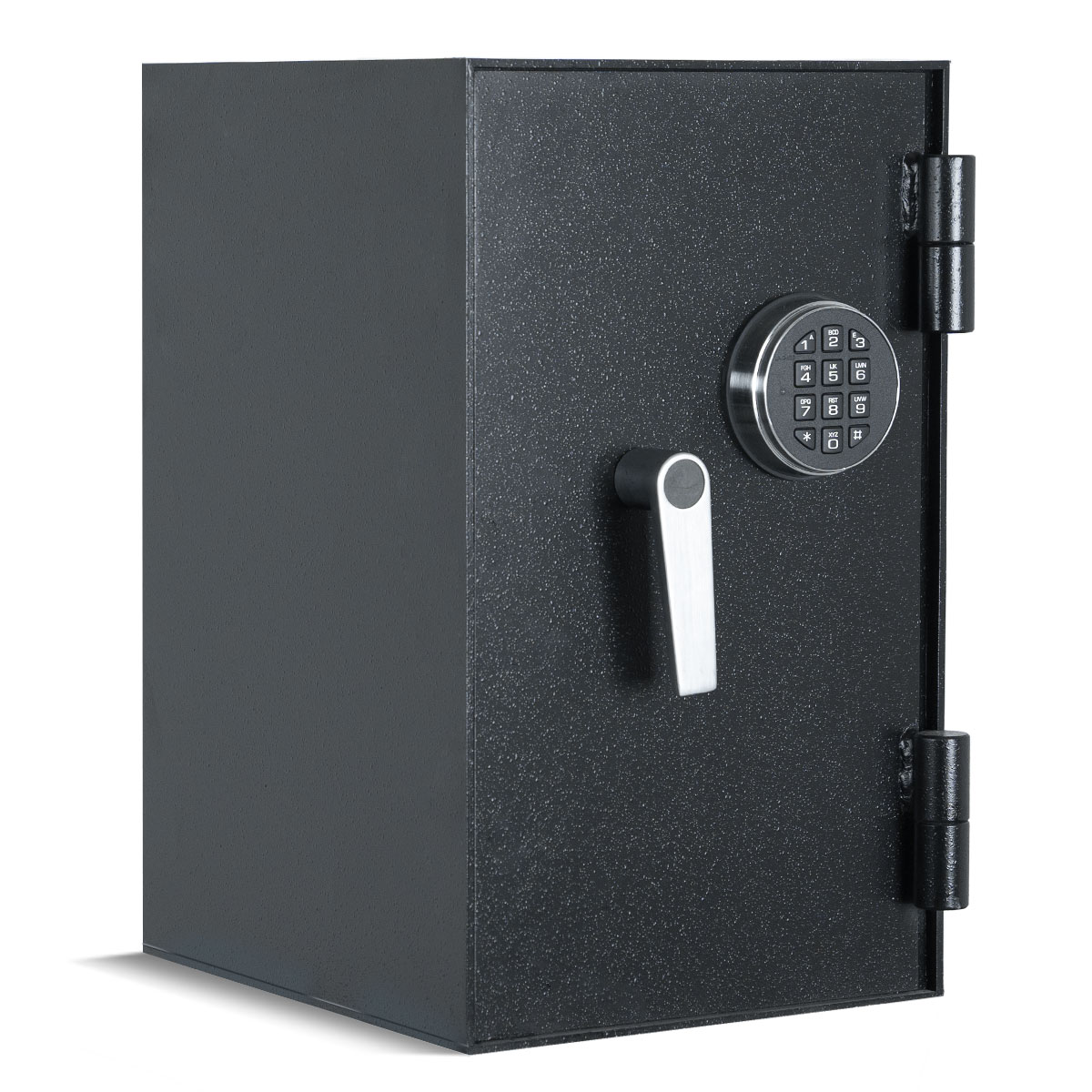

Pharmacy / Medical Safe (Time-Delayed)

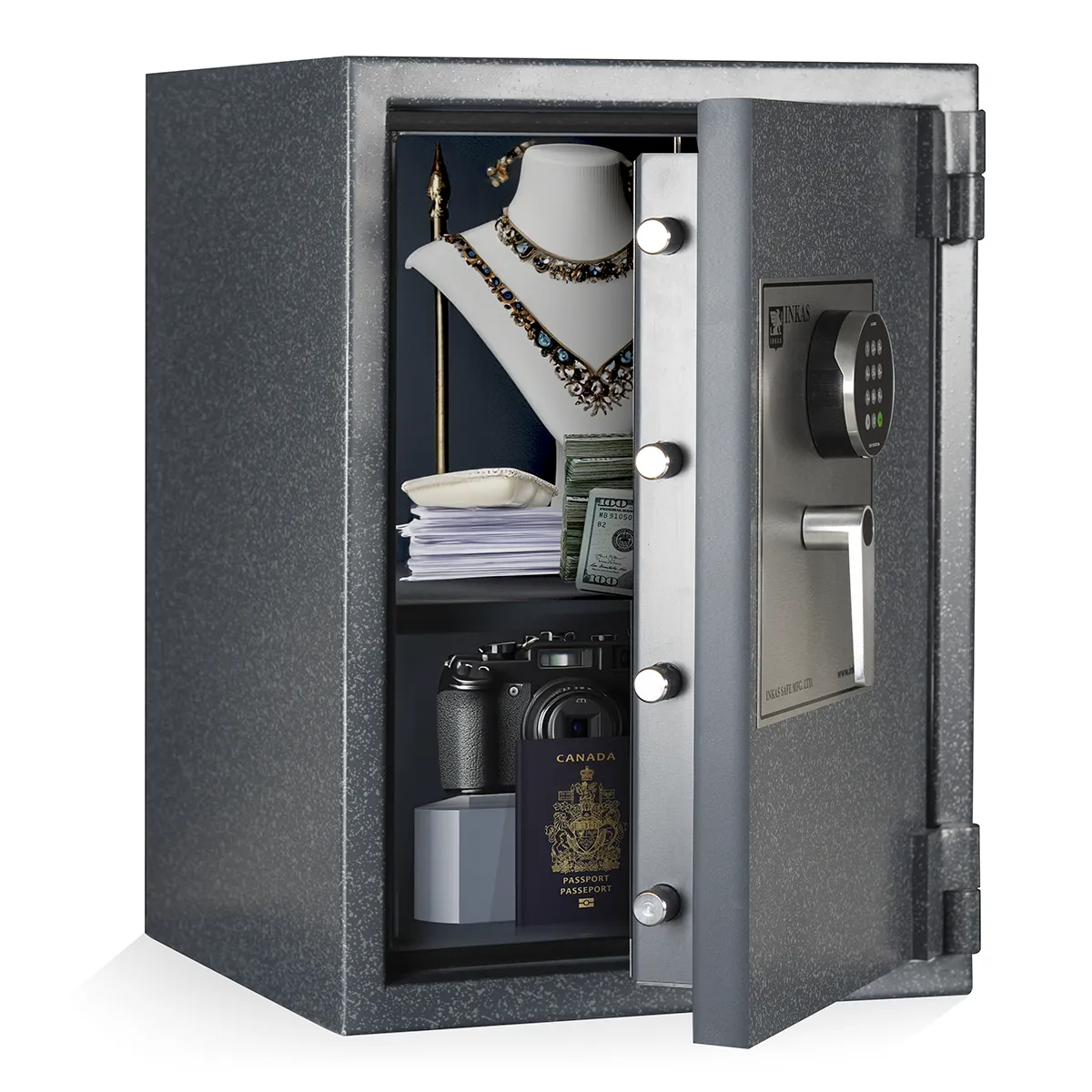
RSC-Rated Residential Burglary Safe
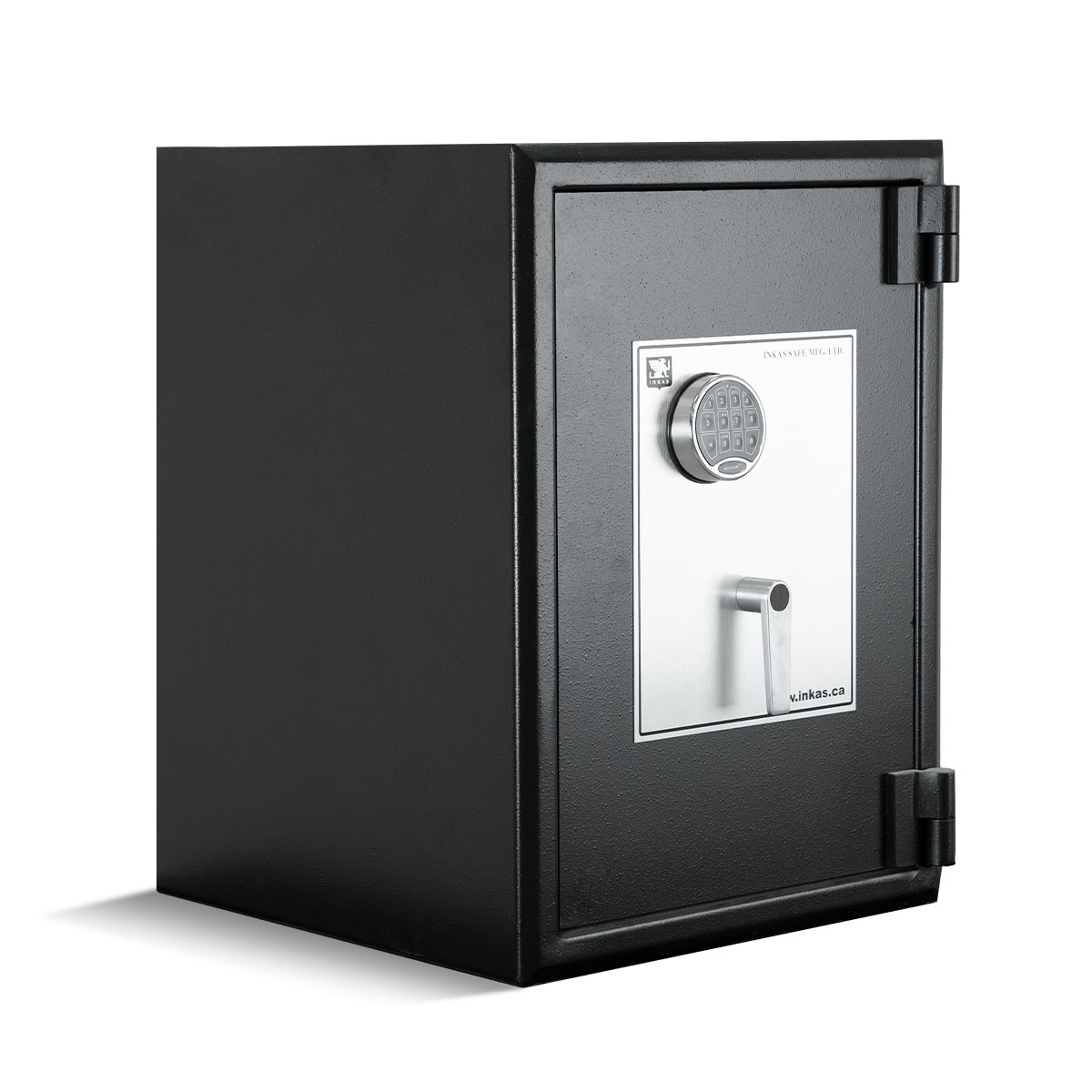
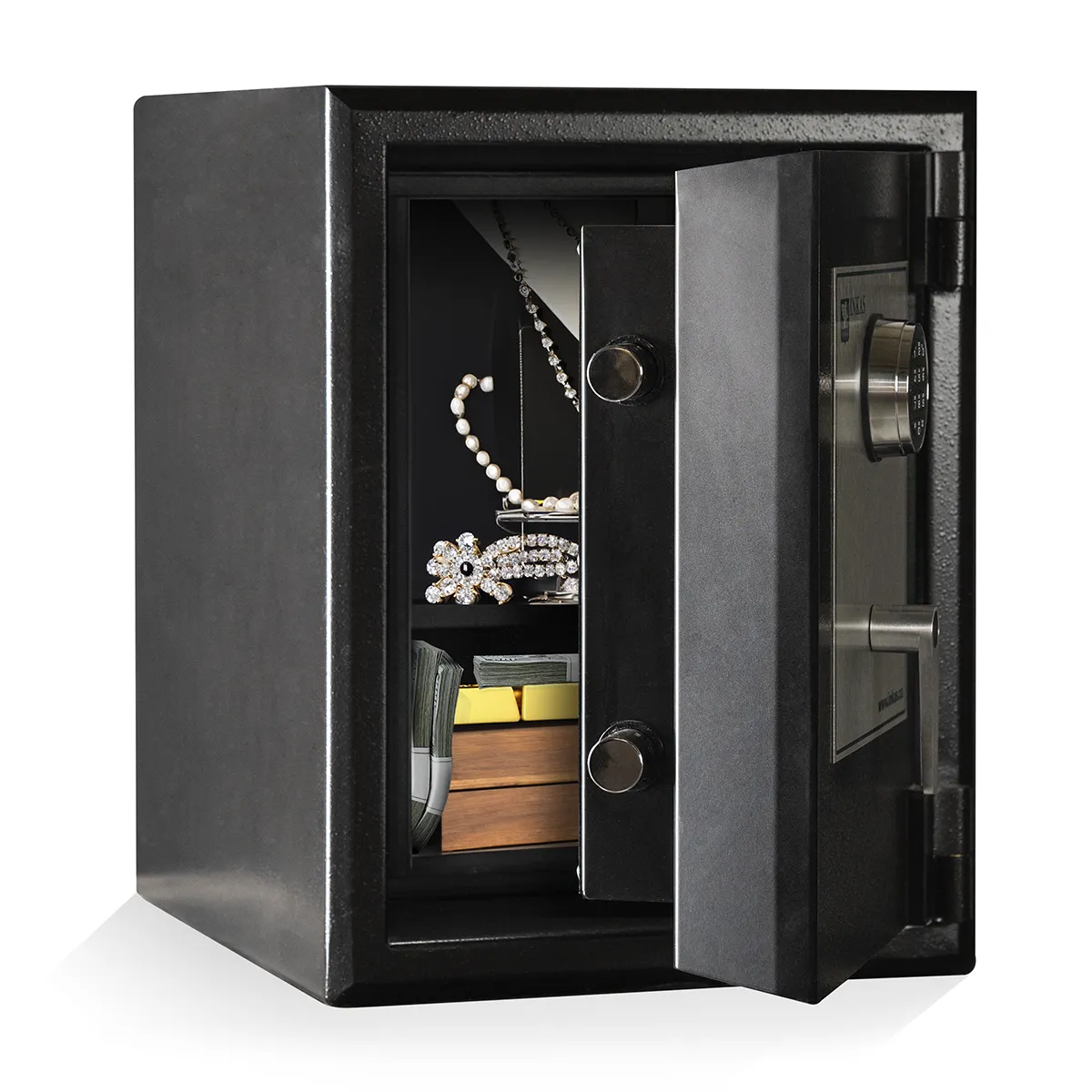
UL-TL15 High-Security Safe
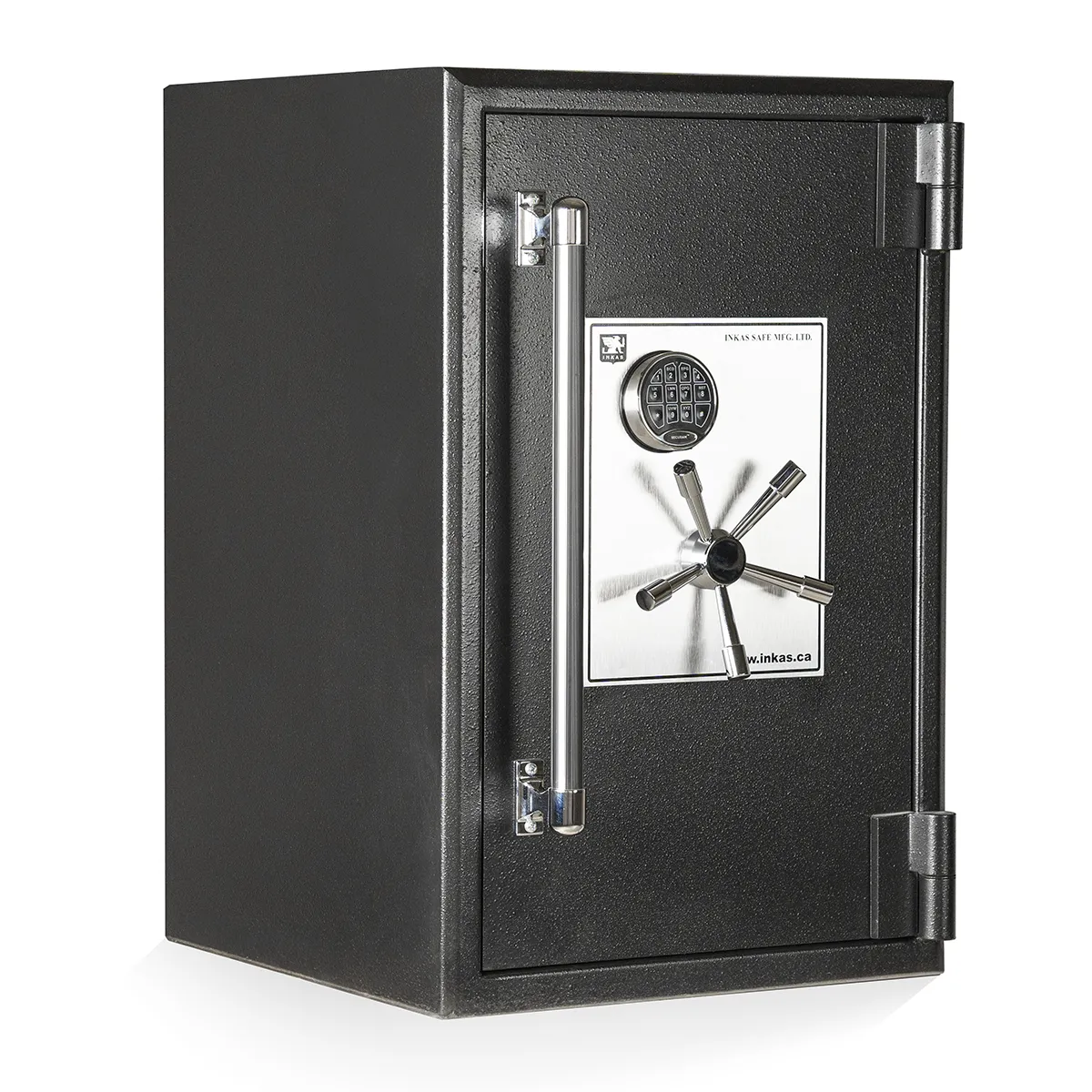
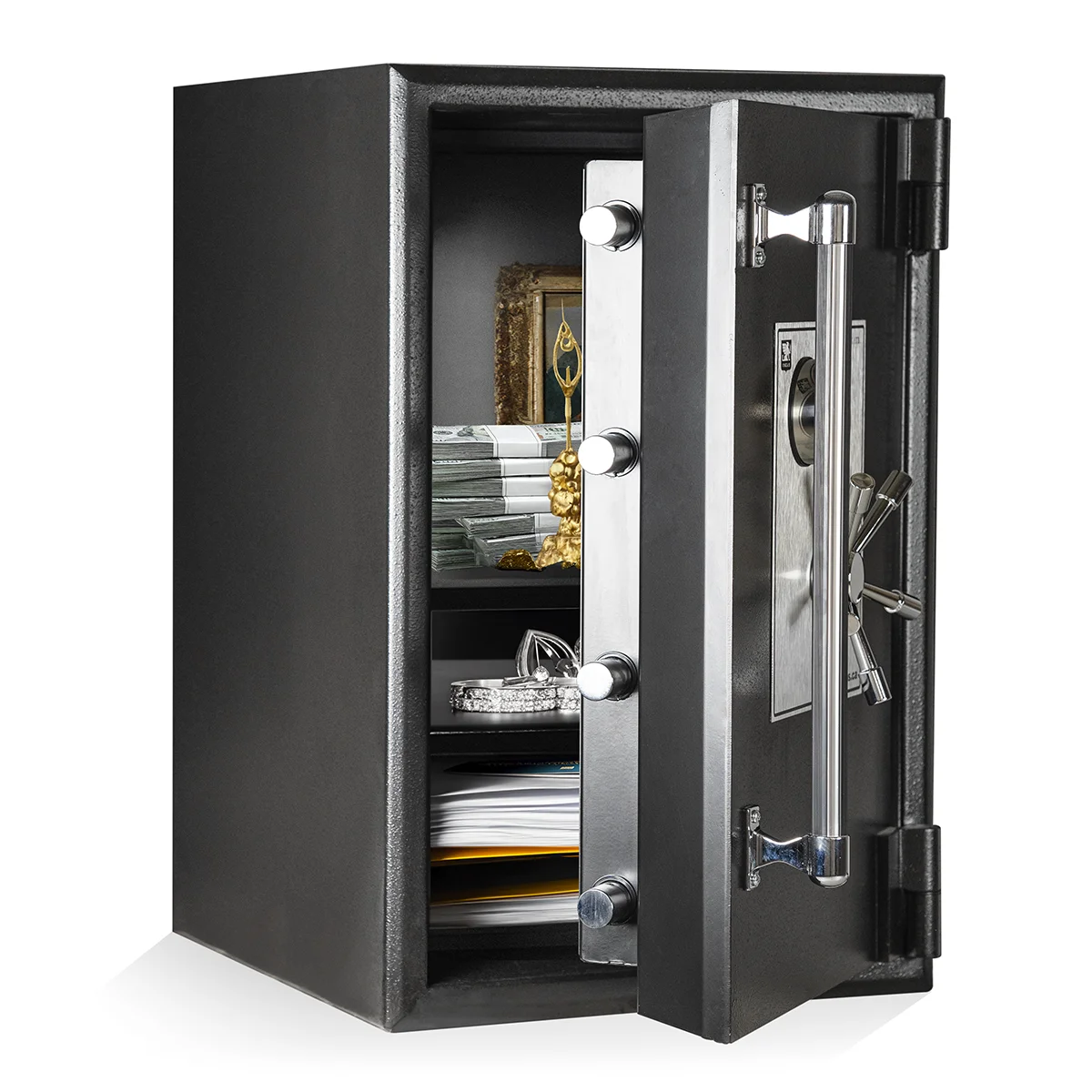
UL-TL30 High-Security Safe
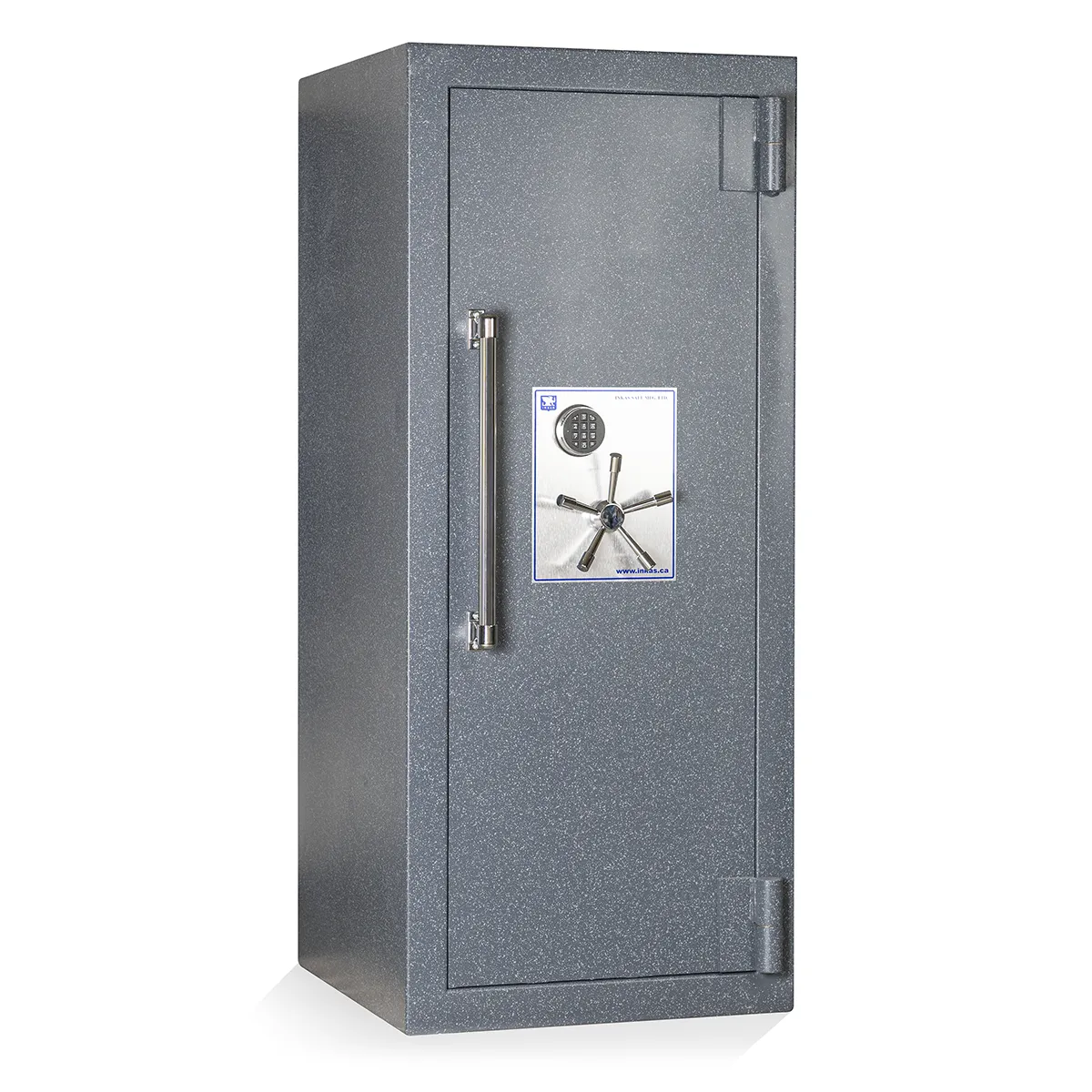
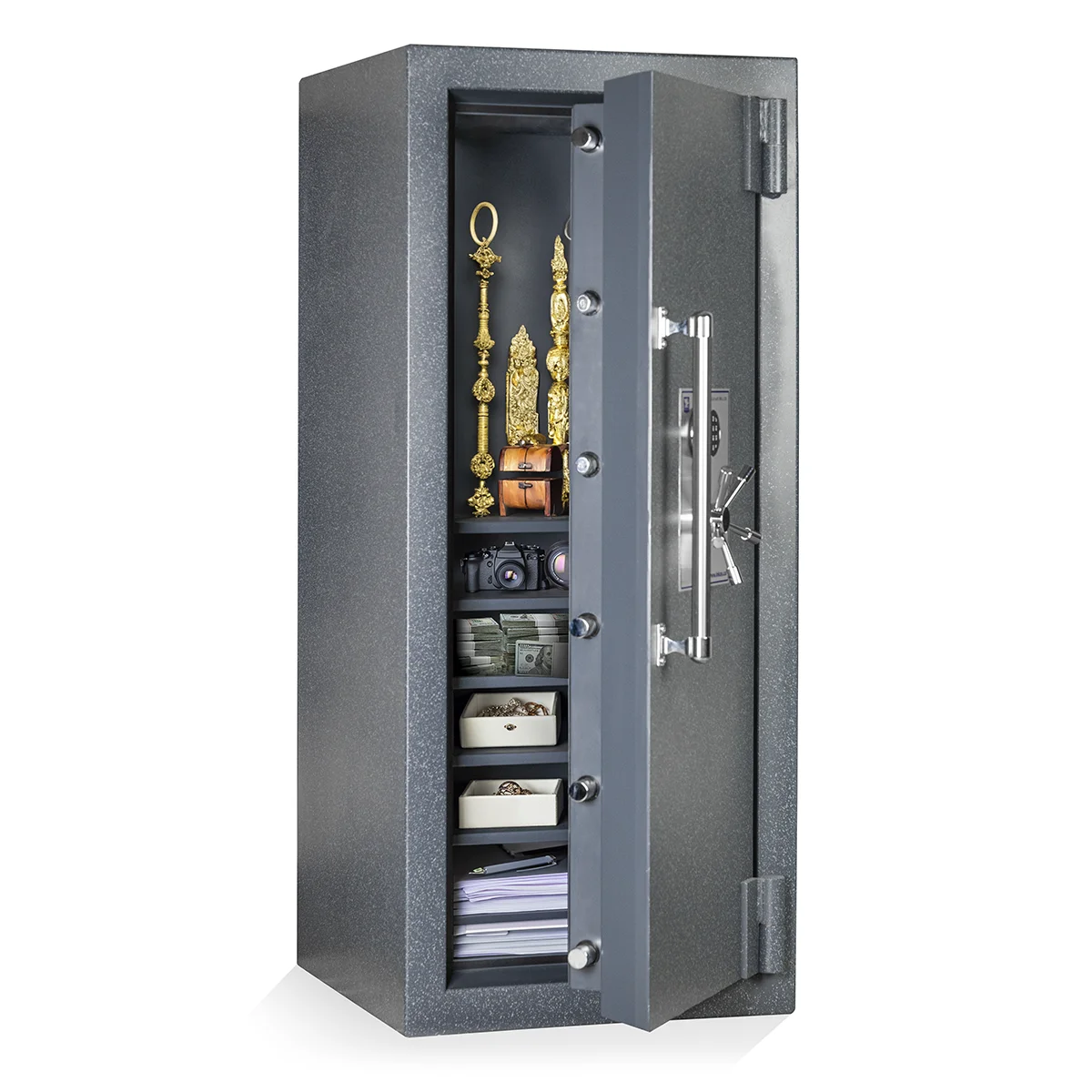
UL-TL30x6 High Security Safe
Burglary Safes At INKAS Safes
A burglary safe is a secure storage container specifically designed to protect valuable items from theft, and in some cases, additional threats such as fire or flood. These safes are built with reinforced materials and sophisticated locking mechanisms to resist a variety of break-in methods, including prying, drilling, and tampering. Burglary safes can come in various types, such as standalone, wall-mounted, and floor safes, each offering different levels of security and convenience based on their design and installation method.
The construction of burglary safes often includes features like thick steel walls, complex lock systems (including electronic, biometric, or combination locks), and sometimes, additional protective layers against fire or environmental hazards. They are rigorously tested by certification bodies like Underwriters Laboratories (UL) to ensure they meet specific security standards. These tests include assessments of their resistance to extreme conditions, such as high temperatures, and their ability to withstand forceful break-in attempts.
The Importance Of Burglary Safes For Home And Business Security
For homeowners, burglary safes provide a secure place to store personal valuables like jewelry, cash, important documents, and family heirlooms. The use of a high-quality burglary safe in a home can significantly reduce the risk of loss in the event of a break-in, offering peace of mind and protecting assets that might be irreplaceable or have sentimental value.
In the business realm, burglary safes are even more crucial. They are an integral part of protecting a company’s assets, including cash, sensitive documents, and data storage devices. For certain sectors such as retail, banking, and hospitality, burglary safes are essential for daily operations, safeguarding cash and sensitive customer information. The presence of a certified and reliable safe can also be a requirement for insurance policies, especially when it comes to covering high-value items.
Moreover, the visual deterrent of a safe can discourage potential burglars from attempting a theft. Knowing that valuable items are secured in a robust safe, thieves are often dissuaded from targeting these assets. This aspect of psychological deterrence adds an extra layer of security, complementing physical protective measures.
Types Of Burglary Safes
When considering a burglary safe, it’s important to understand the various types available, each designed to meet specific needs and constraints. Here’s an overview of the most common types of burglary safes:
Standalone Safes
Standalone safes are the most versatile type of burglary safes, designed to be placed on the floor or a stable surface. They come in a range of sizes and are suitable for both home and business use. These safes are often constructed with thick steel walls and doors, and feature sophisticated locking mechanisms. Standalone safes are ideal for storing a variety of valuables, including documents, cash, jewelry, and small collectibles. Their mobility is a double-edged sword; while they can be moved if necessary, it also means they could potentially be removed by a determined burglar.
Wall-Mounted Safes
Wall-mounted safes offer enhanced security through concealment. They are installed within walls and can be hidden behind paintings, mirrors, or furniture. This type of safe is perfect for storing smaller valuables and important documents. The main advantage of wall-mounted safes is their discreet nature, making them less likely to be targeted by burglars. However, their size and installation location limit the weight and volume of items that can be stored.
Floor Safes
Floor safes are installed directly into the concrete floor, making them extremely difficult to remove or penetrate. They are an excellent choice for storing high-value items, as they offer a high level of security and are often completely hidden, covered by a rug or furniture. Floor safes are particularly popular in businesses but can also be used in homes, especially during construction or major renovations when they can be seamlessly integrated into the building.
Fireproof And Burglary Safes: Dual Protection
For those needing protection from both theft and fire, fireproof burglary safes are the ideal choice. These safes are designed to withstand high temperatures and protect the contents from fire damage, in addition to offering robust security features against burglary. They are available in various sizes and types, including standalone, wall-mounted, and floor models. Fireproof burglary safes are particularly important for safeguarding important documents, electronic data storage devices, and other items that could be damaged or destroyed by heat or fire.
Each type of burglary safe has its own set of advantages, and the choice largely depends on the user’s specific needs, the nature of the items to be secured, and the environment in which the safe will be located. Regardless of the type, a high-quality burglary safe is an essential component in protecting valuable assets from theft and, in some cases, fire damage.
Features Of High-Security Burglary Safes
High-security burglary safes are equipped with a range of features designed to maximize protection against forced entry and theft. Understanding these features is crucial in selecting a safe that meets your security needs. Here’s a closer look at some key aspects:
Lock Types: Electronic, Combination, And Key Locks
- Electronic Locks: These locks are operated by a keypad where a numeric code is entered. Electronic locks offer convenience and quick access, with features such as multiple user codes, audit trails, and the ability to easily change the code. They often come with backup keys or override systems in case of battery failure.
- Combination Locks: Traditional and reliable, combination locks require the user to enter a sequence of numbers by turning a dial. They don’t rely on batteries or electronic components, making them less susceptible to failure due to power issues. However, they can be slower to open and the combination is more challenging to change than with electronic locks.
- Key Locks: Key locks are the most straightforward, operated by a physical key. While simple and reliable, the key can be lost or copied, and the lock can be vulnerable to picking. High-security safes often use key locks in conjunction with other lock types for added security.
Construction Materials: Steel Thickness And Reinforcement
The body and door of a high-security burglary safe are typically made from steel, with varying thicknesses and reinforcement levels:
- Steel Thickness: The thickness of the steel used in a safe’s construction is critical. Thicker steel offers greater resistance to drilling, cutting, and other forms of physical attack.
- Reinforcement: Many high-security safes have additional reinforcement features, such as steel plates to protect lock areas or relockers that trigger in the event of an attack, sealing the safe even if the primary lock is compromised.
Security Ratings And Certifications Explained
Security ratings and certifications are crucial in evaluating the security level of a safe. These ratings are provided by independent organizations and indicate how well a safe can resist different types of attacks:
- Underwriters Laboratories (UL) Ratings: UL is a widely recognized organization that rates safes based on their ability to withstand break-ins, fire, or both. For burglary protection, common UL ratings include TL-15 and TL-30, where the number indicates the minutes of resistance against a professional attack.
- European Certifications: In Europe, safes are often rated by organizations like ECB-S or VdS. These certifications are similar to UL ratings and indicate the safe’s resistance level against attacks.
- Fire Ratings: Safes can also have fire ratings, indicating how long they can protect contents at certain temperatures. It’s important to note that burglary and fire ratings are separate, though some safes are rated for both.
When choosing a high-security burglary safe, it’s important to consider the lock type, construction materials, and security ratings. These features determine how well the safe will protect your valuables against unauthorized access and potential threats.
Choosing The Right Burglary Safe
Selecting the ideal burglary safe involves several factors, including the size, installation location, and budget. Each of these elements plays a crucial role in ensuring that the safe meets your security needs and fits seamlessly into your home or business environment.
Size And Capacity: Matching Your Needs
- Assess Your Storage Needs: Begin by evaluating what you intend to store in the safe. This could range from small valuables like jewelry and cash to larger items like documents, laptops, or firearms. The nature and volume of these items will guide your decision on the size of the safe.
- Future-Proofing: Consider potential future needs. Opting for a slightly larger safe than currently required can be a wise choice to accommodate any additional items you may acquire over time.
- Space Efficiency: While a larger safe can hold more, it also takes up more space. Ensure that the safe you choose fits comfortably in the intended area without hindering movement or access to other items.
Location Considerations: Where To Install Your Safe
- Accessibility vs. Concealment: Determine a balance between accessibility and security. Safes that are easily accessible may not be as secure, while highly secure locations can make regular access inconvenient.
- Environmental Factors: Consider environmental conditions such as moisture, which might necessitate a safe with specific protective features or additional environmental control.
- Installation Surface: The surface where the safe will be installed must be sturdy enough to support its weight, especially for larger models. Floor safes, for instance, require solid installation into a concrete floor.
Budgeting For A Burglary Safe
- Cost vs. Value of Contents: The cost of the safe should be reflective of the value of its contents. Investing in a high-quality safe is crucial when securing high-value items.
- Security Features and Ratings: Higher security ratings and advanced features typically come with a higher price tag. Determine which features are essential for your needs and which you can compromise on if necessary.
- Long-Term Investment: A burglary safe is a long-term investment in security. Consider the potential losses from theft or damage when evaluating the budget. Cheaper models might save money initially but could be less reliable in the long run.
- Insurance Considerations: Some insurance companies offer lower premiums for valuables stored in high-rated safes. This potential saving can be factored into your budgeting.
Choosing the right burglary safe involves careful consideration of what you need to protect, where the safe will be located, and how much you are willing to invest. It’s a balance between security, convenience, and cost, aimed at providing the best protection for your valuables within your means.
Installation And Maintenance Of Burglary Safes
Proper installation and regular maintenance are key to ensuring that your burglary safe provides maximum security and longevity. Here’s a guide to both aspects:
Professional Installation Services
- Why Professional Installation is Crucial: Burglary safes need to be installed correctly to ensure they provide the intended level of security. Professional installers have the expertise to handle the weight and complexity of high-security safes, ensuring they are anchored properly and function as intended.
- Site Assessment: Professionals will assess the installation site for suitability, considering factors like floor strength, wall composition, and accessibility. This is particularly important for wall-mounted and floor safes that require structural integration.
- Security Enhancement: An expert installer can advise on additional security measures, such as concealment techniques for the safe or integrating it with your home or business security system.
- Compliance with Insurance Requirements: Many insurance policies have specific installation requirements for safes. Professional installation ensures these criteria are met, maintaining your eligibility for coverage.
Maintenance Tips For Long-Term Durability
- Regular Lock Mechanism Checks: Whether you have a key, combination, or electronic lock, regular checks are vital. Ensure electronic locks have fresh batteries, and test key and combination locks periodically to ensure they operate smoothly.
- Clean and Lubricate Moving Parts: Over time, dust and grime can accumulate in and around the safe’s moving parts, such as hinges and bolts. Regular cleaning and lubrication can prevent wear and tear.
- Inspect for Damage or Wear: Regularly inspect the safe for signs of damage, wear, or attempted tampering. Early detection of issues can prevent security breaches.
- Avoid DIY Repairs: If a problem arises, avoid attempting DIY repairs, especially on complex locking mechanisms. Professional servicing is recommended to maintain the integrity of the safe.
- Climate Control for Sensitive Contents: If you store sensitive items like documents or electronic media, consider using desiccants or a dehumidifier to control the interior climate of the safe.
- Update Combinations or Access Codes: Regularly change combinations or access codes, especially after giving temporary access to someone else or if there is a suspicion that the code might have been compromised.
- Professional Maintenance Services: Periodic checks by a professional can ensure the safe remains in optimal condition. They can also update you on any advancements in safe technology that could enhance your current setup.
The security and longevity of your burglary safe significantly depend on correct installation and diligent maintenance. By investing in professional services and following regular maintenance practices, you can ensure that your safe remains a reliable stronghold for your valuables for years to come.
Advanced Technologies In Burglary Safes
The world of security safes is continually evolving, with advanced technologies enhancing the effectiveness and convenience of burglary safes. Two significant advancements in this field are biometric locks and smart safes. These technologies not only provide robust security but also offer user-friendly features that cater to modern security needs.
- Biometric Locks: The Future of Security
- What are Biometric Locks?: Biometric locks use unique physical characteristics, such as fingerprints, retina scans, or facial recognition, to grant access. The most common in burglary safes are fingerprint scanners.
- Enhanced Security: Biometric locks offer a higher level of security because they are almost impossible to replicate or manipulate. Each person’s biometric data is unique, making unauthorized access extremely difficult.
- Ease of Access: Biometric safes allow for quick and easy access. With just a touch or a look, the safe unlocks, eliminating the need to remember combinations or carry keys.
- User Management: These safes often allow multiple users to be registered, each with their unique biometric data. This feature is particularly useful for businesses or families where access is required by different individuals.
- Backup Access Options: Most biometric safes also include alternative access methods, such as a key or PIN code, to ensure access in case of technology failure.
Smart Safes: Connectivity And Remote Monitoring
- Connectivity Features: Smart safes are integrated with internet or Bluetooth connectivity, allowing them to be managed remotely. This connectivity enables various advanced features like remote access control, real-time alerts, and system diagnostics.
- Remote Monitoring and Alerts: Users can receive notifications on their smartphones or computers for various activities, such as when the safe is accessed, if an incorrect attempt is made, or if the safe detects tampering.
- Integration with Home or Business Security Systems: Smart safes can often be integrated into broader security systems, allowing for centralized management and enhanced security coordination.
- Access Logs and Audit Trails: These safes keep detailed logs of access attempts, successful entries, and system changes, which is invaluable for security auditing and in the event of a security breach.
- Software Updates and Diagnostics: Smart safes can receive firmware and software updates remotely, ensuring the safe’s security features are always up-to-date. They can also run diagnostics to alert owners of any potential issues.
Incorporating these advanced technologies into burglary safes represents a significant leap forward in security and convenience. Biometric locks and smart safes not only provide formidable protection against unauthorized access but also offer features that cater to the dynamic needs of modern users, whether in residential or commercial settings.

